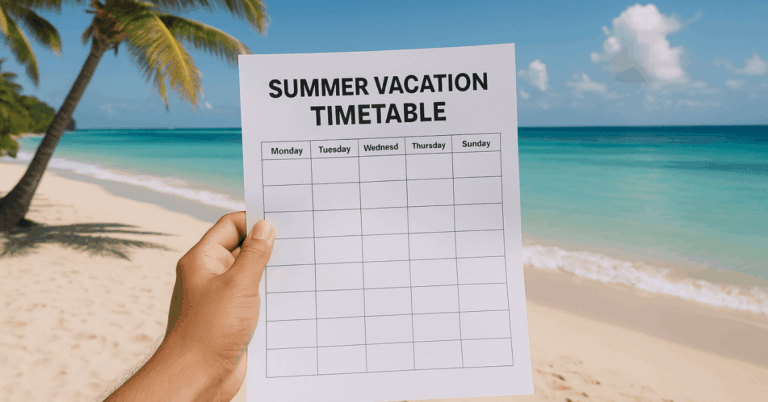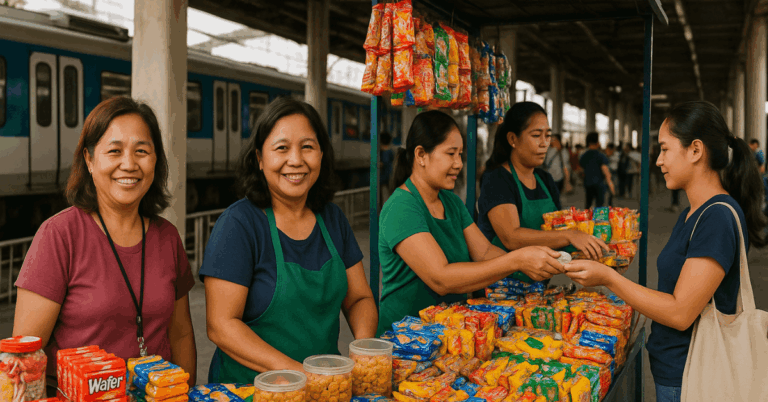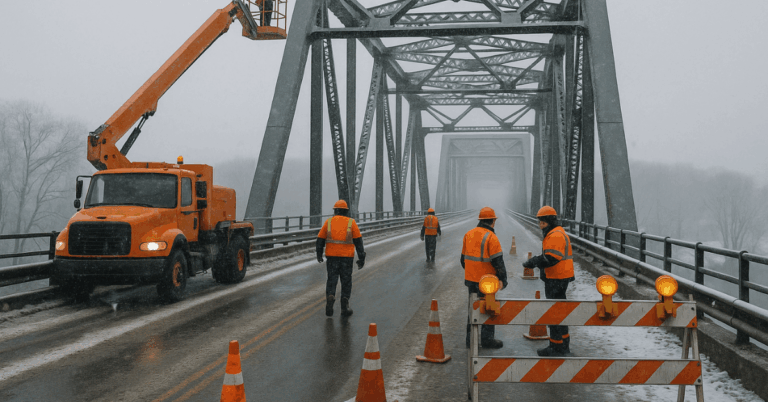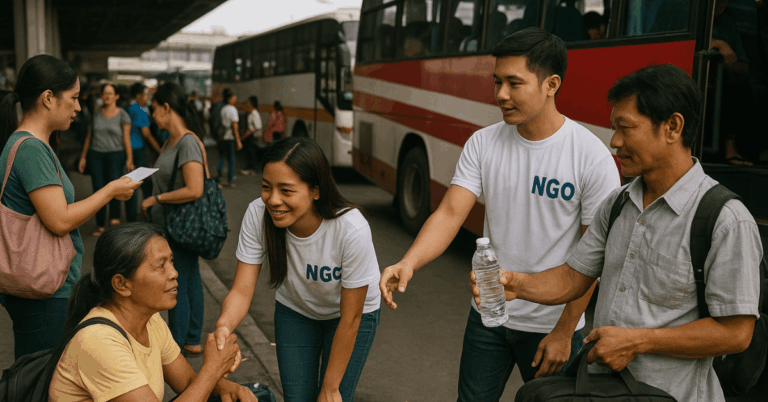High-traffic rail stations keep lifesaving blood flowing when campaigns show up where commuters already are.
The Blood Donation Drive at Mumbai’s Churchgate station has become a proven model, repeatedly supplying Western Railway’s Jagjivan Ram Hospital blood bank and raising visibility for voluntary blood donation.
General Manager Ashok Kumar Misra has personally inaugurated recent station drives and encouraged strong staff turnout, helping anchor the effort’s credibility and scale.
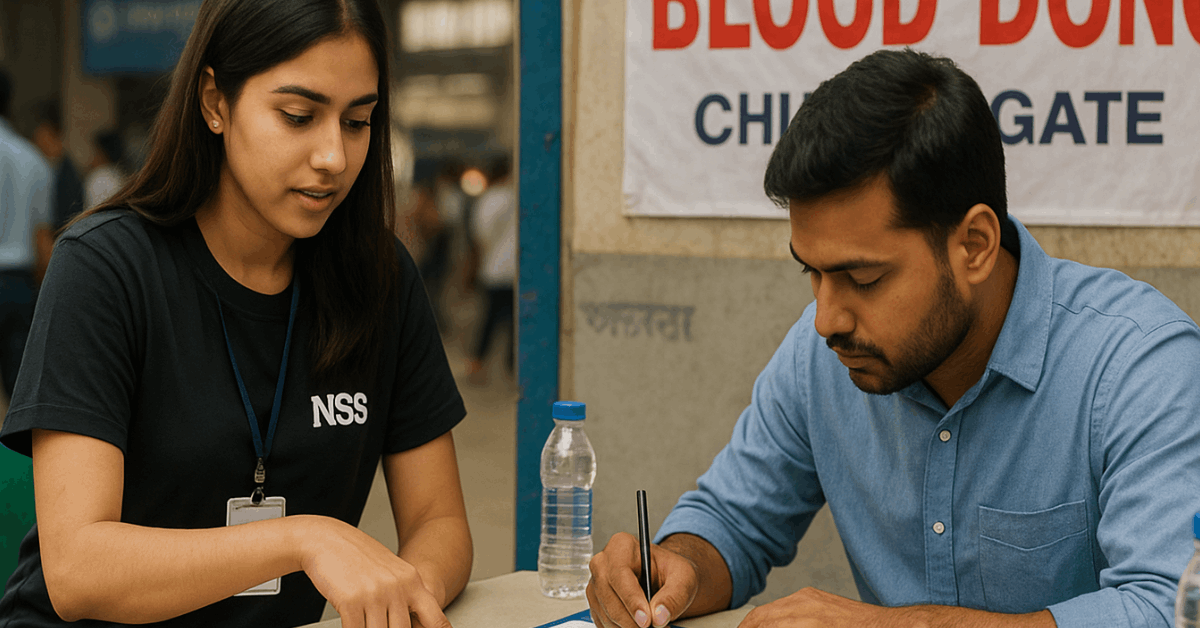
Churchgate: A Proven Venue for Action
Churchgate has hosted multiple successful campaigns coordinated by Western Railway and partners. A March 2, 2024, Churchgate station event organized with Jagjivan Ram Hospital saw the GM among the first donors and collected more than 100 units in one day, according to contemporaneous reporting.
January 2023 efforts tied to National Youth Day featured station-based camps; the Western Railway Employees Union later reported 137 units collected at Churchgate in its bulletin, aligning with railway announcements confirming the day’s station drives.
Momentum continued in August 2025, when the H.R. College NSS unit and Lions Club of Churchgate hosted a Raksha Bandhan–themed camp supported by Jagjivan Ram Hospital’s hospital blood bank, yielding 52 units.
Organizers, Partners, and Scale
Jagjivan Ram Hospital at Mumbai Central operates an active hospital blood bank and routinely deploys teams to station sites and institutional venues. Western Railway’s official tally recognized more than 28,000 units from 318 donation camps between 2022 and 2024, reflecting sustained collection capacity and outreach breadth.
Operationally, the Western Railway Employees Union often mobilizes staff, while NSS units, colleges, and local service clubs contribute volunteers, publicity, and facilities.
Periodic mega-camps at or near railway premises further demonstrate capacity; for example, a July 2023 drive at JRH recorded 625 units in a single day, a local benchmark for in-hospital collections.
How to Participate in a Station-Based Blood Donation Drive
Clear steps reduce uncertainty and keep lines moving. Arriving prepared also protects donor safety and helps teams maintain throughput during peak commuter windows.
- Confirm blood donor eligibility in your country; age, weight, recent illnesses, medications, and travel can affect clearance. Bring government-issued ID.
- Complete the donor registration form and health questionnaire on-site; honest disclosures guide professional screening and protect recipients.
- Hydrate, eat a light meal, and share any recent procedures or vaccines during pre-donation screening; staff will check vitals and hemoglobin.
- Expect efficient phlebotomy at the chair and courteous handoffs to refreshments; post-donation care includes resting briefly and avoiding strenuous activity for the next several hours.
- Watch for mobile-care setups; a mobile blood bank may be staged on or near the concourse to expand chairs and cold-chain capacity without obstructing passenger flow.
Safety, Eligibility, and Quality Controls
Public campaigns hinge on standardized screening and component handling. International guidance typically places whole-blood donors between 18 and 65 years, with country-level variations permitting donations from 16–17-year-olds with consent or accepting older regular donors at a clinician’s discretion.
Hemoglobin, weight, pulse, and blood pressure thresholds apply, and temporary deferrals cover recent infections, tattoos, or travel exposures.
In India, national guidance screens for minimum age and weight and requires medical fitness checks before collection; health authorities centrally emphasize non-remunerated voluntary blood donation as the safest supply base.
Where the Blood Goes
Units collected at stations feed directly into component processing and inventory planning. Red cells support surgery and obstetrics, plasma stabilizes bleeding disorders, and platelets are critical for oncology patients.
JRH’s team has highlighted continued support for conditions such as thalassemia, where predictable transfusion schedules depend on steady donor turnout.
Consistent station drives reduce volatility, allowing planners to match shelf life and demand across nearby hospitals through the hospital blood bank network.
Practical Tips for Commuters Who Plan to Donate
Busy schedules shouldn’t block participation. Planning a donation around off-peak travel windows shortens wait times and eases post-donation rest.
Carrying a small snack, avoiding heavy workouts for the day, and arranging alternatives for luggage or heavy briefcases help maintain comfort and safety after leaving the chair.
Frequent travelers can also set reminders to space donations according to local intervals for whole blood, platelets, or plasma, ensuring compliance with screening thresholds and recovery recommendations.
Dates and logistics to watch next
Organizers announce new station dates through Western Railway advisories, Jagjivan Ram Hospital notices, and college NSS calendars.
Checking those channels early helps volunteers coordinate team signups and allows first-timers to ask screening questions in advance. Campaigns typically provide refreshments, resting areas, and privacy for screenings, while on-site staff manage crowd flow to avoid blocking platforms or emergency corridors.
Station security teams normally support access routes for equipment, including mobile blood bank vehicles and cold-chain handoffs to the hospital blood bank.
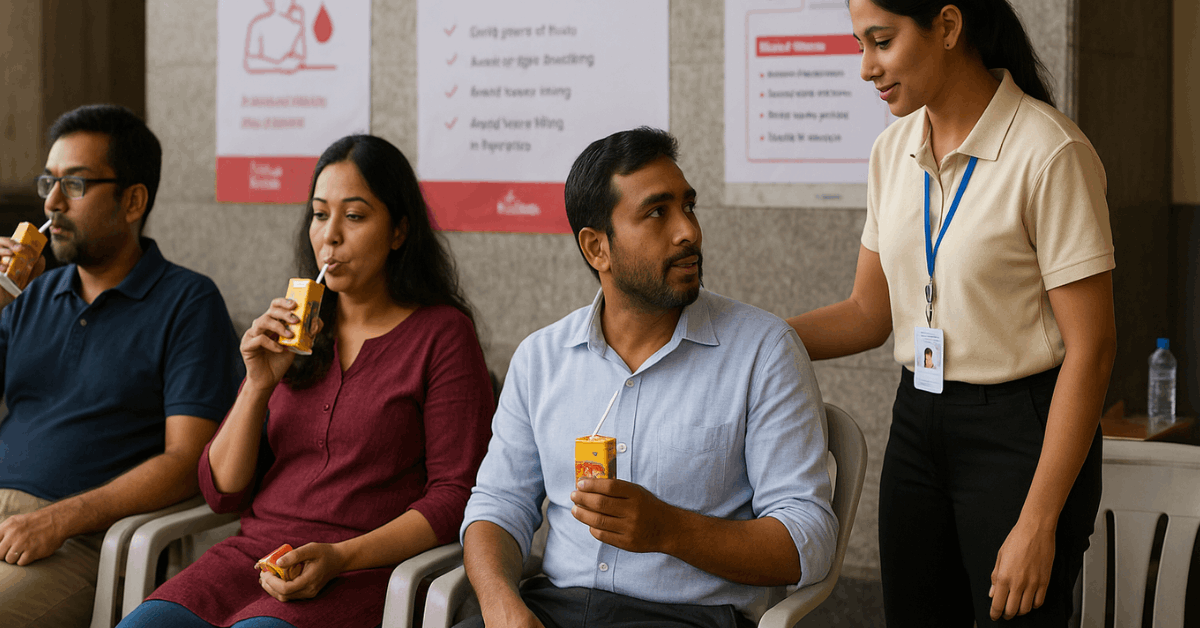
FAQs for First-Time Donors at Railway Hubs
Strong participation grows when common uncertainties are addressed quickly. The answers below reflect mainstream guidance; final decisions rest with licensed medical staff at the collection site.
- Who qualifies for station-day donation?
Eligibility generally requires meeting age, weight, hemoglobin, and health criteria set by national regulators or recognized blood services. Country rules vary, so campaign materials typically link to pre-check tools and outline blood donor eligibility before the donor registration form is completed. - How often can donations be made safely?
Intervals differ by component and jurisdiction; whole-blood intervals commonly range around eight weeks in many systems, while platelet and plasma intervals can be shorter under clinical oversight. Planning recovery time preserves iron stores and supports safer post-donation care. - What should commuters bring or do on the day?
Having a government ID, a truthful medical history, and a light meal recently eaten makes check-in smoother. Wearing comfortable clothing that allows easy access to the antecubital area speeds up setup, and planning a ride home or a light walk to the train limits exertion immediately after donation.
Conclusion
Station-based blood drives at Churchgate show that trusted public spaces can deliver reliable volumes, fast.
Documented collections across 2023–2025, formal recognition of high-volume donors and organizers, and official tallies exceeding 28,000 units across hundreds of camps confirm a mature model that other rail hubs can replicate.
Arriving prepared, following screening guidance, and observing post-donation care keep donors safe while sustaining inventories that patients depend on.



